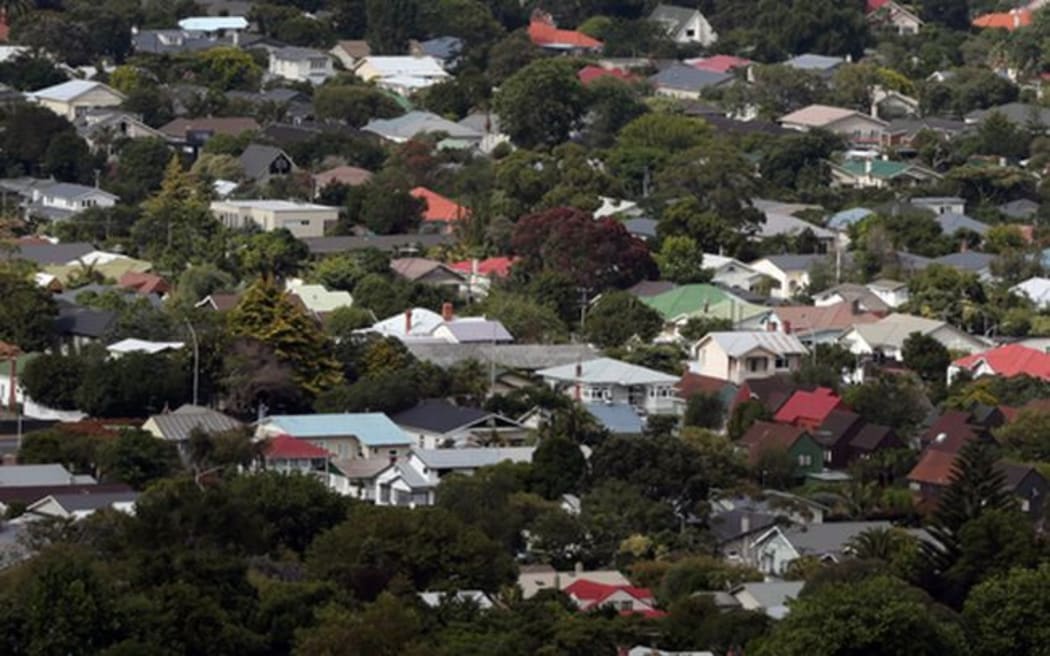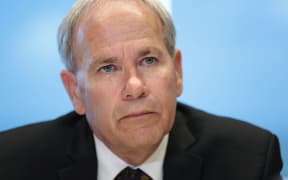ANALYSIS: The shrieking headlines and political rhetoric paint the rates rises facing Aucklanders as a hurricane, preparing to flatten all before it.

Photo: RNZ / Diego Opatowski
But a closer look reveals it as a Midwest twister, devastating those in its path, but leaving others unscathed and counting their blessings.
The uneven rise in property prices across Auckland turns the easily-described 9.9 percent average residential rates increase into a complicated formula where more than a fifth of household rates will fall, while others will rise by more than 40 percent.
Let's take a closer look at what will happen to residential rates in the city's 21 Local Board areas. Or at least those with the biggest increases, or decreases (yes, decreases!) so that you get the picture.
Proportionately, the greatest pain will be felt in the poorer southern board Mangere-Otahuhu. There, average rates including the $114 transport levy, will rise by 16.9 percent.
In Kaipatiki on the western side of the North Shore, 16.1 percent Whau in the inner west 15.7 percent, and in Maugakiekie-Tamaki and central Albert-Eden, 14.9 percent.
But even then, it's not that simple. In hardest hit Mangere-Otahuhu, rates will fall for nearly 20 percent of households. In Kaipatiki, there'll be reductions for fewer than 1 percent. In Whau, the third hardest hit board, 2.7 percent will enjoy rates reductions.
At the other end of the scale, residents on the edge of town will be keeping a sheepish silence about their next rates bills.
Especially on remote Great Barrier Island where 88 percent of residents will pay lower rates than last year. On commuter-distance Waiheke Island it's 47 percent.
On the mainland, nearly half of those living in residential properties in Rodney will see their rates fall, and 40 percent in the southern Franklin board.
73 percent of residents in Papakura will pay less, or face single-figure rises, and on the Hibiscus Coast 17.5 percent will enjoy a lighter rates burden.
Lest you think this is trying to tell a good news story, there are also some real shockers.
The top end of data released by the Auckland Council is the bracket for those facing a rates rise of more than 40 percent.
Topping that league is Upper Harbour where 4 percent of residences will be hit with a 40 percent-plus increase. Almost 3 percent in Devonport-Takapuna, and just over 2 percent in Rodney (also home to one of the biggest groups of rates winners), and Hibiscus Coast.
That's local body rating systems for you. And yes, there are different ways you can work the numbers. As one example - stripping out the flat $114 Transport charge makes a proportionately bigger difference to the per centages in the lower value board areas.
Mangere-Otahuhu falls from the hardest-hit on the league tables, to number five, with its average residential rate halving from 16.9 percent with the levy to 8.3 percent without. But we're getting into statistician territory now.
In short - if you're an Auckland ratepayer, and you find there is a nasty surprise when you open your rates bill in August, take heart.
Across town, someone else will be weeping tears of relief.



